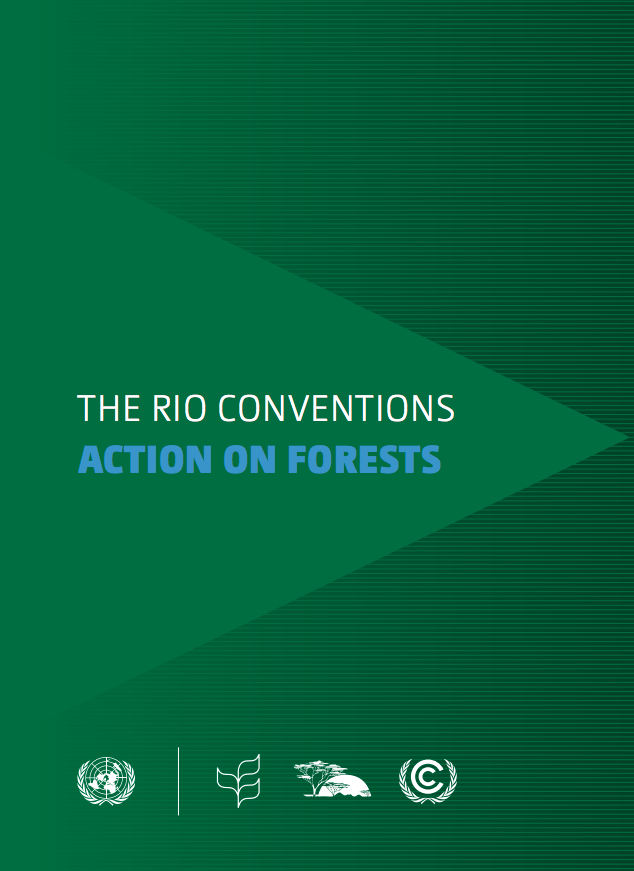The Rio Conventions: Action on Forests
The importance of forests in climate change, biodiversity and desertification/land degradation
Forests cover approximately 30 per cent of the Earth’s land surface and provide important ecosystem goods and services, including food, fodder, water, shelter, nutrient cycling, air purification, and cultural and recreational amenities. Forests also store carbon, provide habitat for a wide range of species and help alleviate land degradation and desertification.


